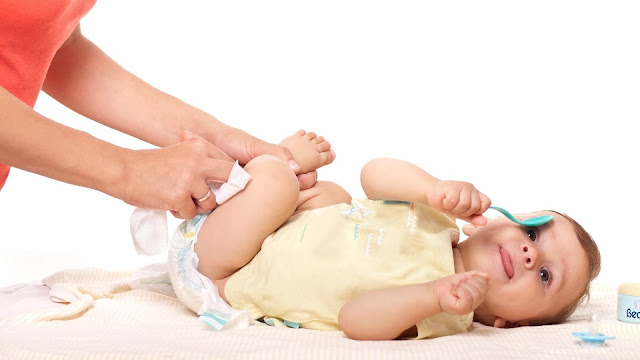New parents often wonder what diaper are made out of, but they are a useful invention that makes their lives easier
 |
| Diaper Market |
The quantity of diapers a baby wears is an excellent
predictor of whether or not they are eating enough and staying hydrated.
Dehydration can cause fewer wet diapers, and constipation, reduced milk
production, or other digestive disorders can cause less poopy diapers. The
overall number of diapers they will wet during the first few days following
delivery will normally increase with each passing day.
How many diaper do you need each day for a newborn baby? A
newborn may pass urine six times per day and have three or more faeces per day
by the time he or she is five days old. A newborn baby may require up to 12
diapers each day in the first several weeks. The need for diapers tends to decrease
as the infant grows older. If the infant has six to eight wet diapers per day,
this is a good sign that he or she is getting adequate nutrients.
The global
diaper market was valued at US$
63.1 billion in 2018 and is expected to register a CAGR of 7.5% in terms of revenue, over the forecast period (2019 –
2027), to reach US$ 118.7 billion by
2027.
Before you start changing a baby's diaper, keep in mind that some newborn babies pee right away when exposed
to open air. To avoid a mess, keep them covered when changing the diaper. For
roughly four months, a newborn baby is usually cooperative. Lift their legs
with one hand and place a clean diaper beneath their bottom with the other hand
for babies that age or younger. Remove their old diaper by unfastening it and
cleaning their bottom with the diaper's inner side while you do so. Then, using
a baby wipe, washcloth, or damp tissue, wipe their bottom and the surrounding
areas. Remove the soiled diaper and used wipes from underneath the infant and place
them in a secure location.
When putting on a new diaper, make sure the front piece of
the diaper is between their legs and at the same level as the rear, which is
usually about the belly button. Check that the diaper tabs are evenly secured
in the front and that there are no gaps around their hips. Also, make sure the
fabric around their legs doesn't get tucked into the diaper's elastic edges.
This helps prevent leaks. Before the umbilical cord falls off, keep the front
of the diaper folded below the cord.



Comments
Post a Comment